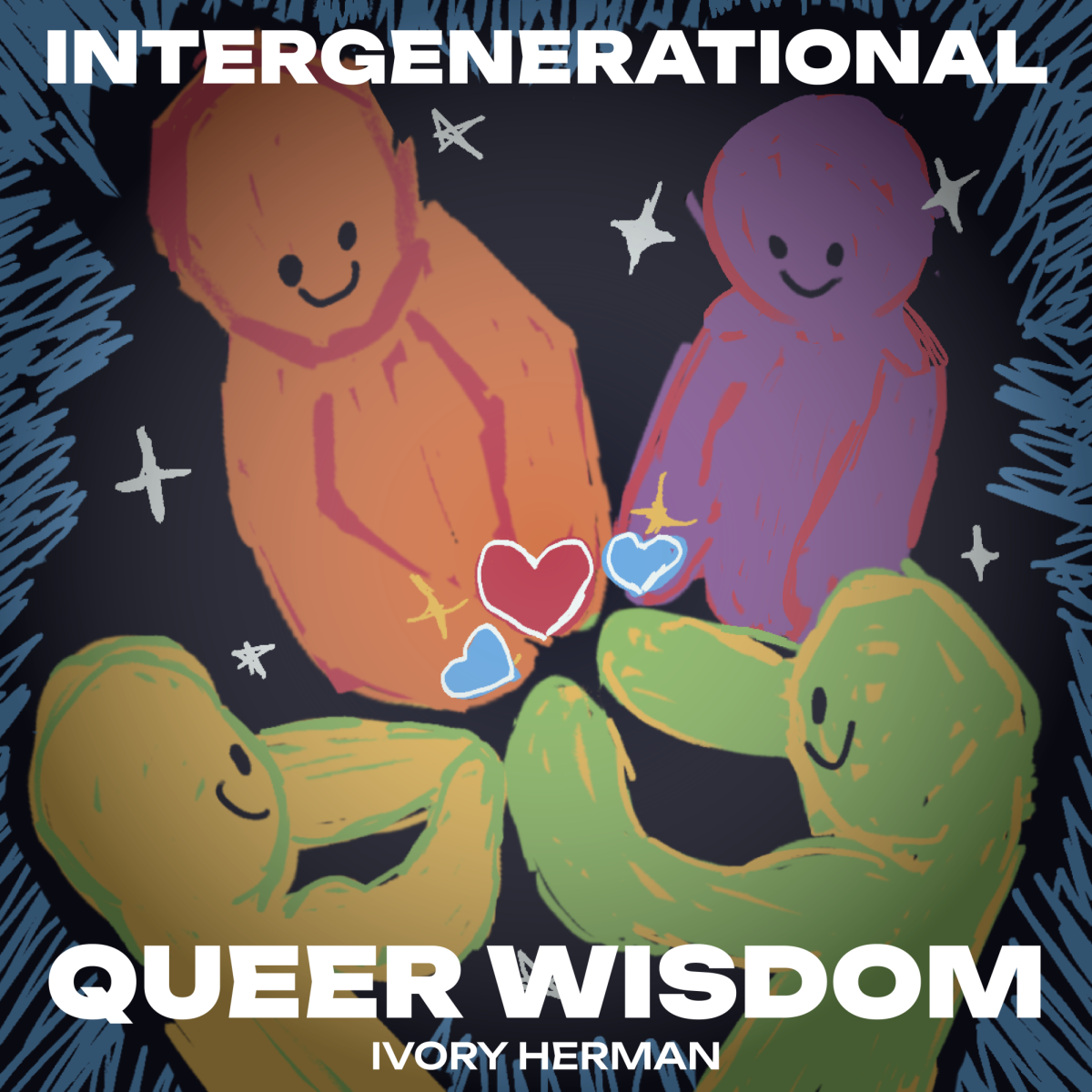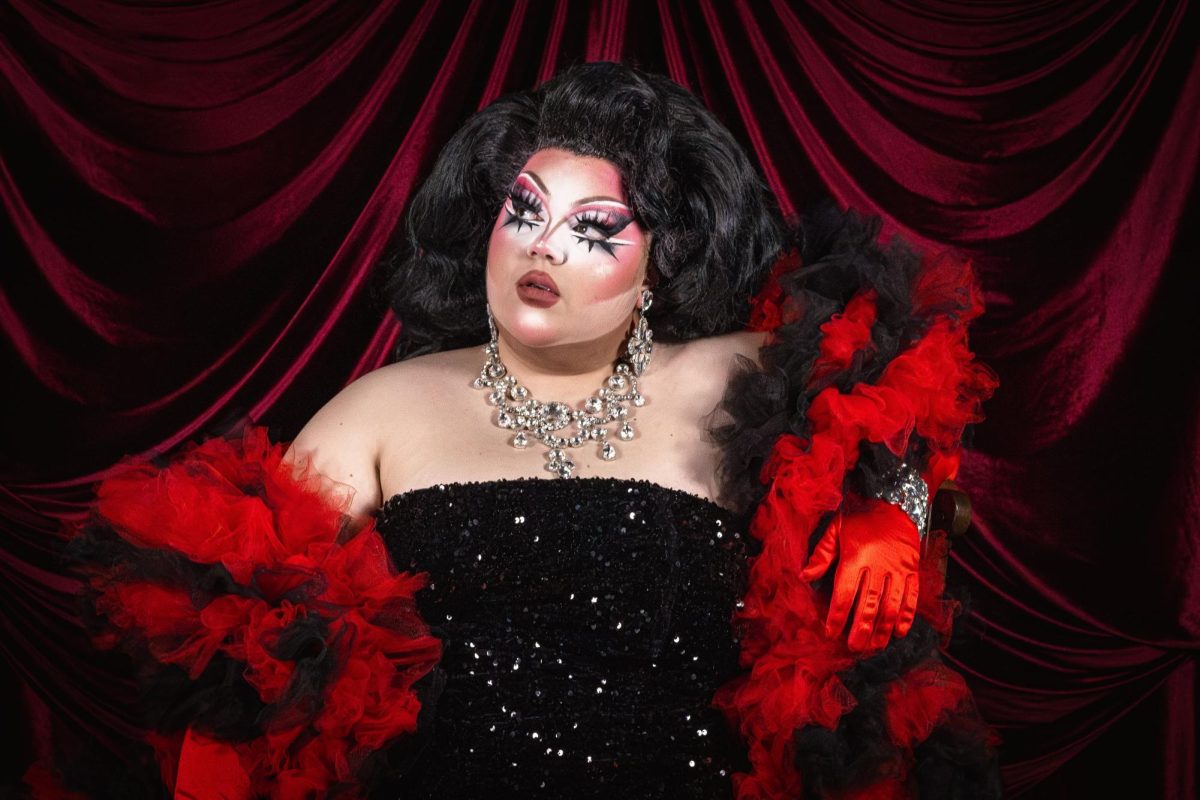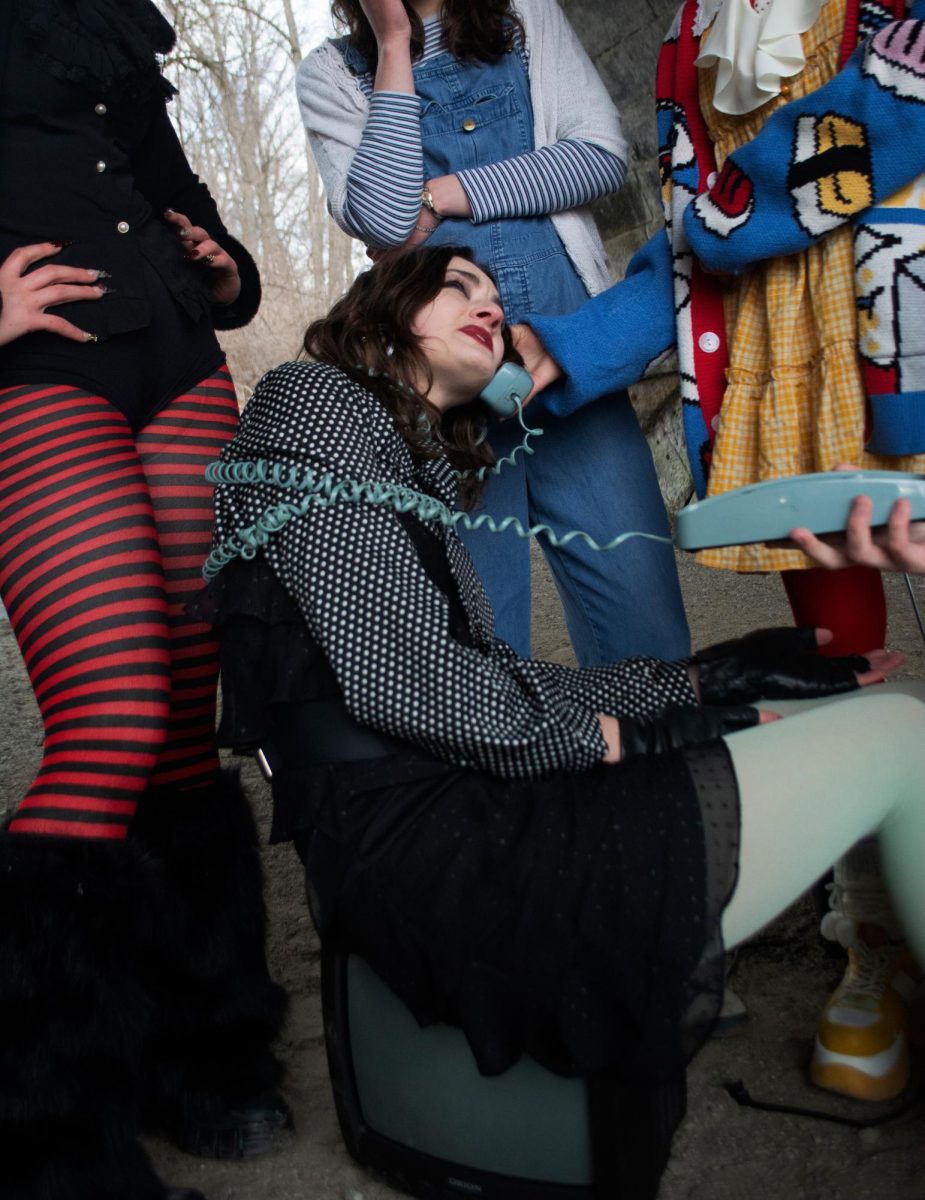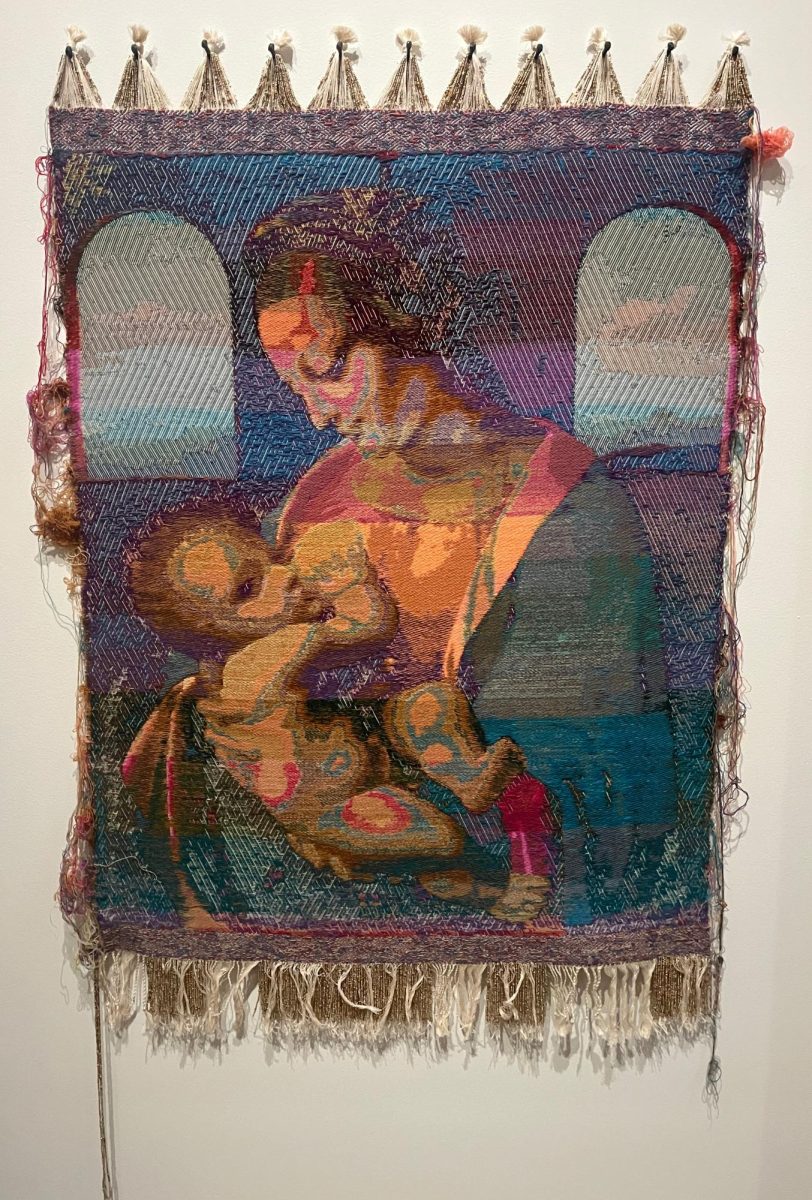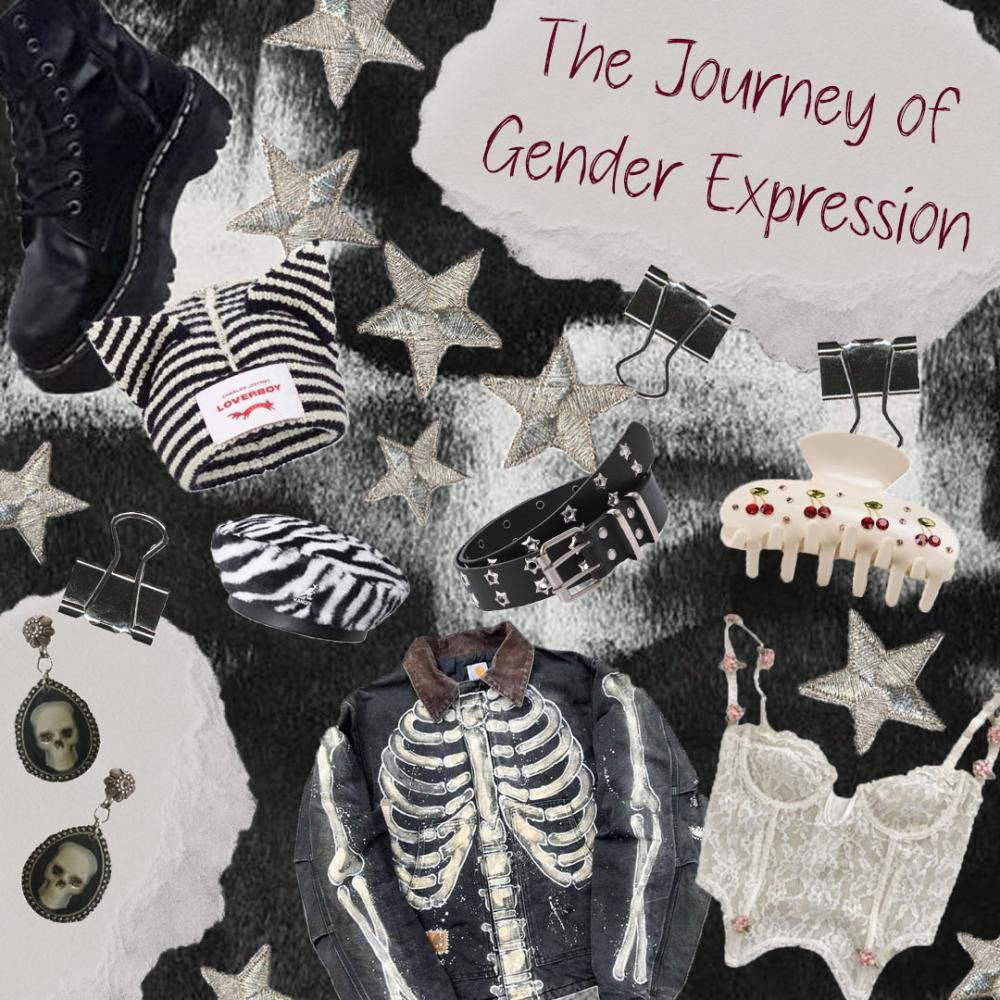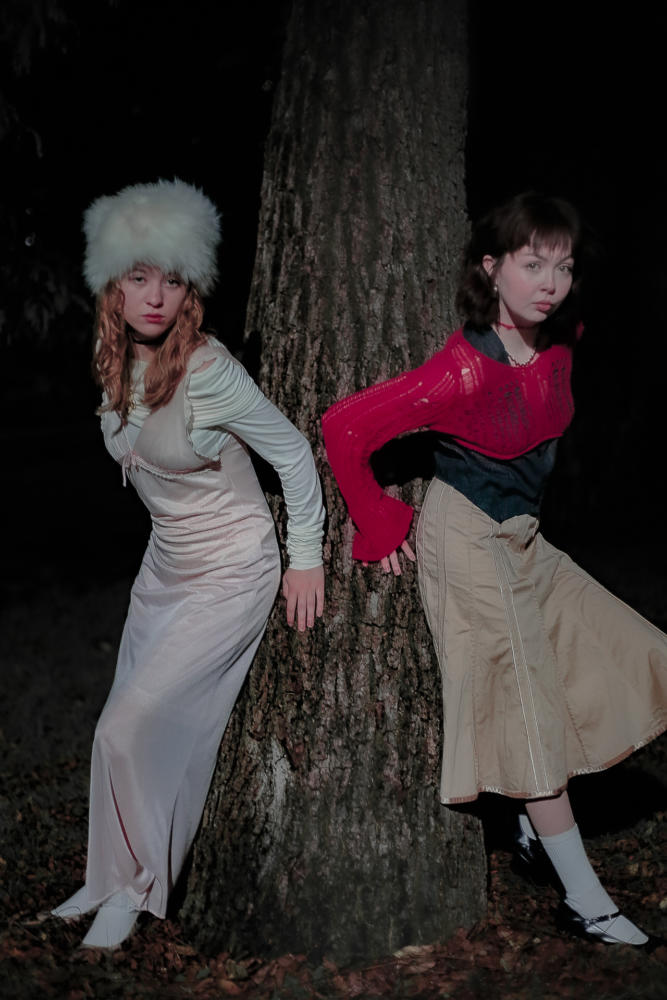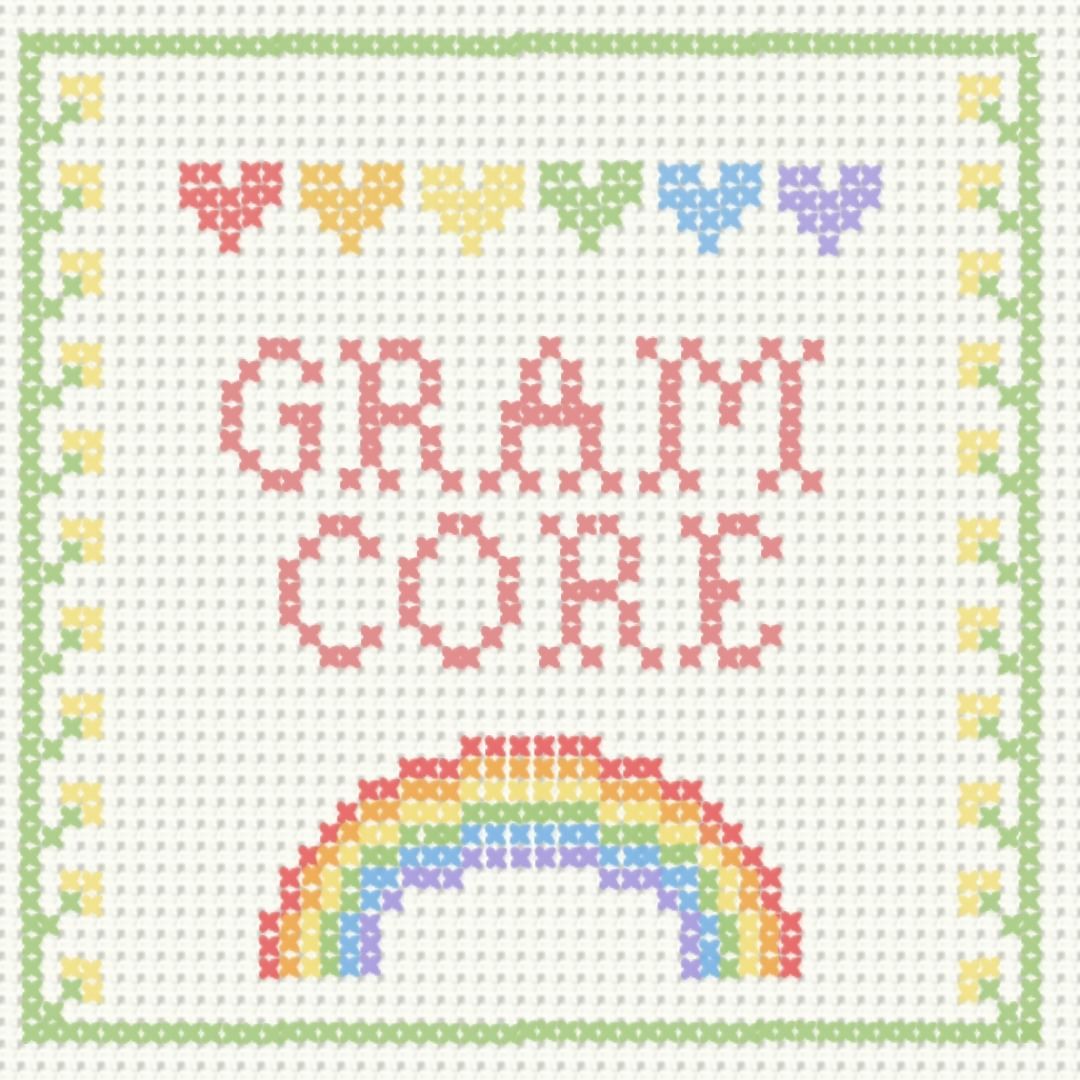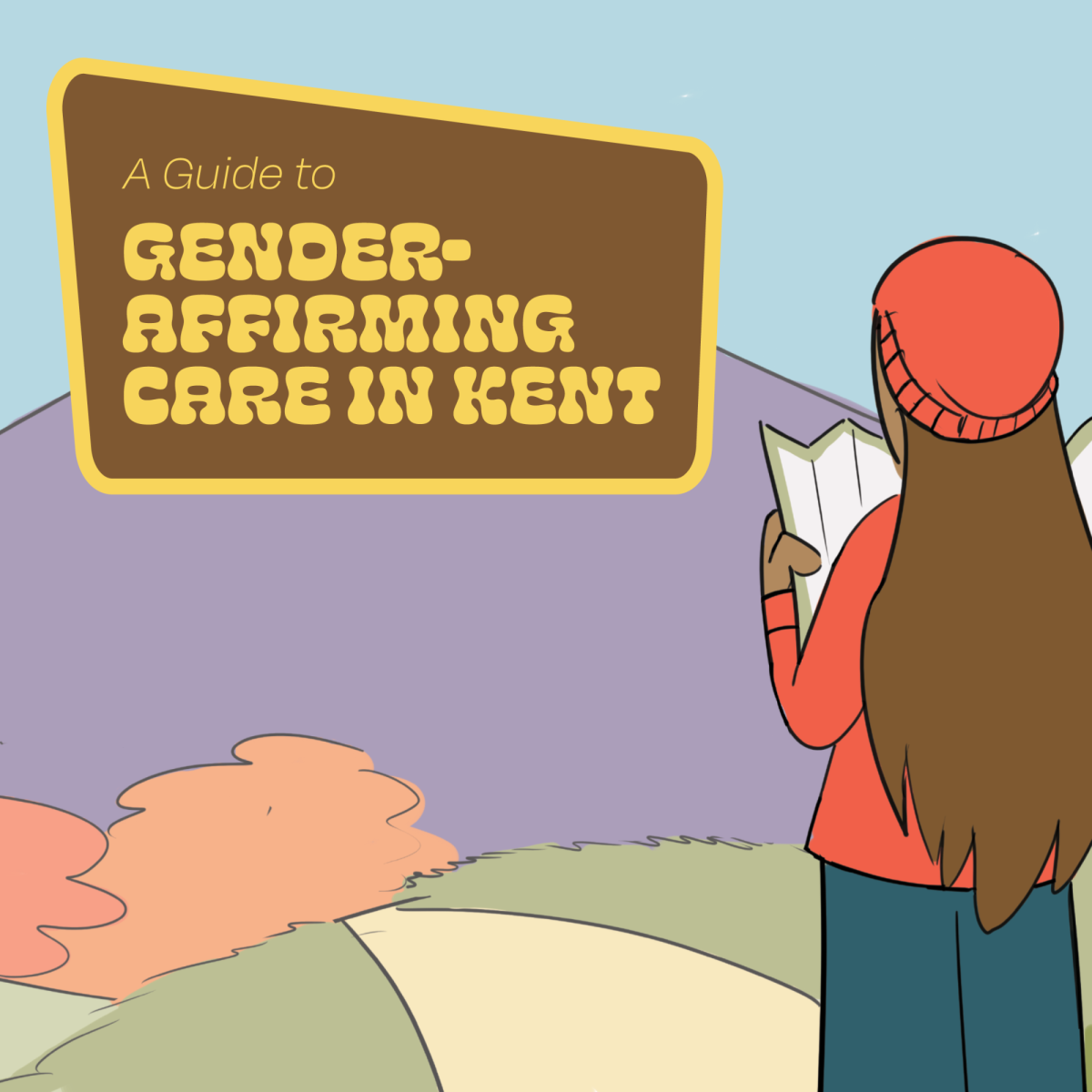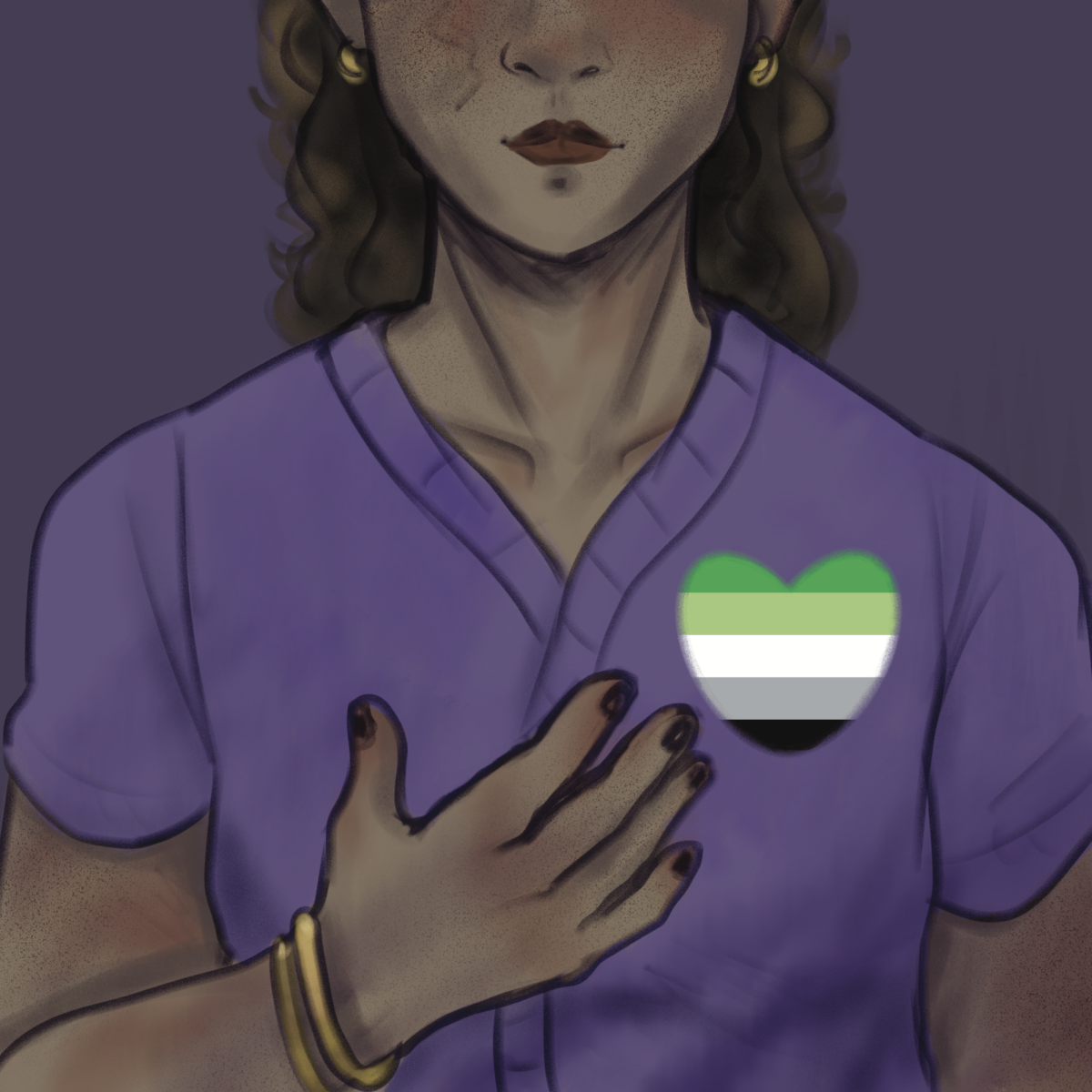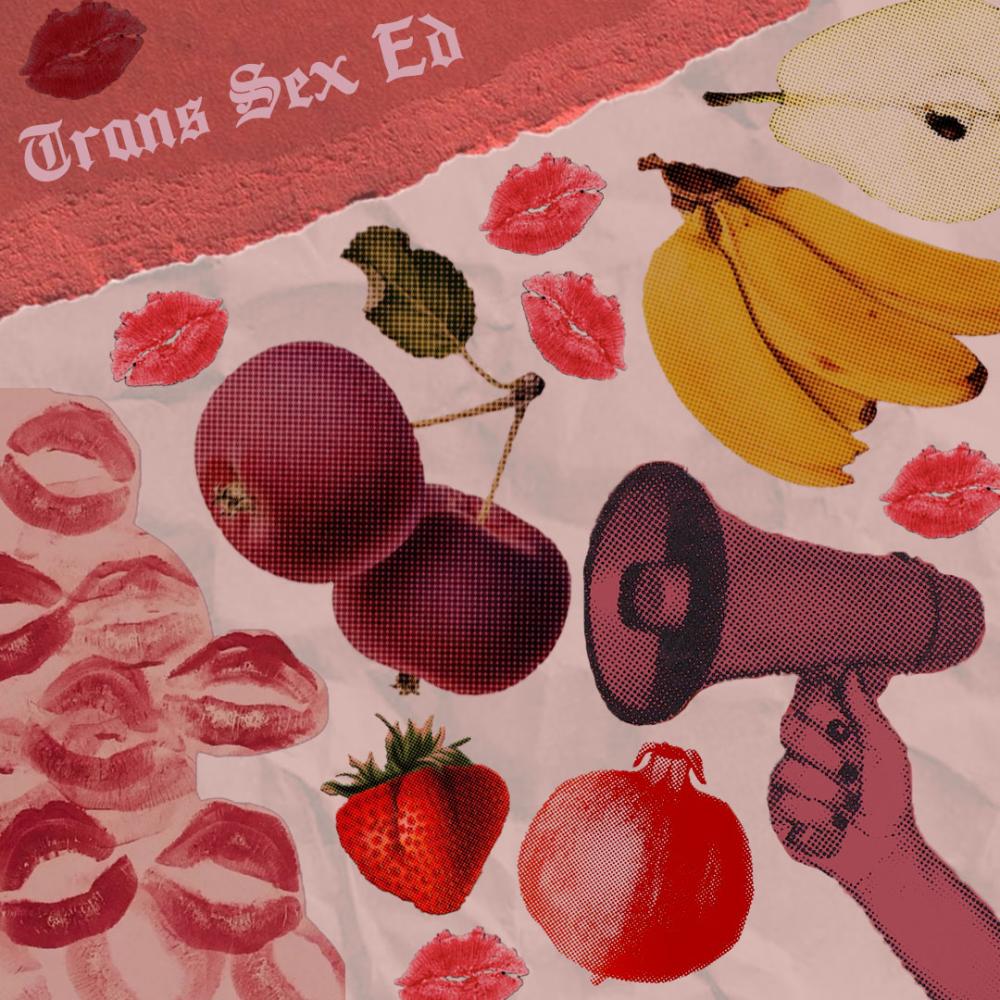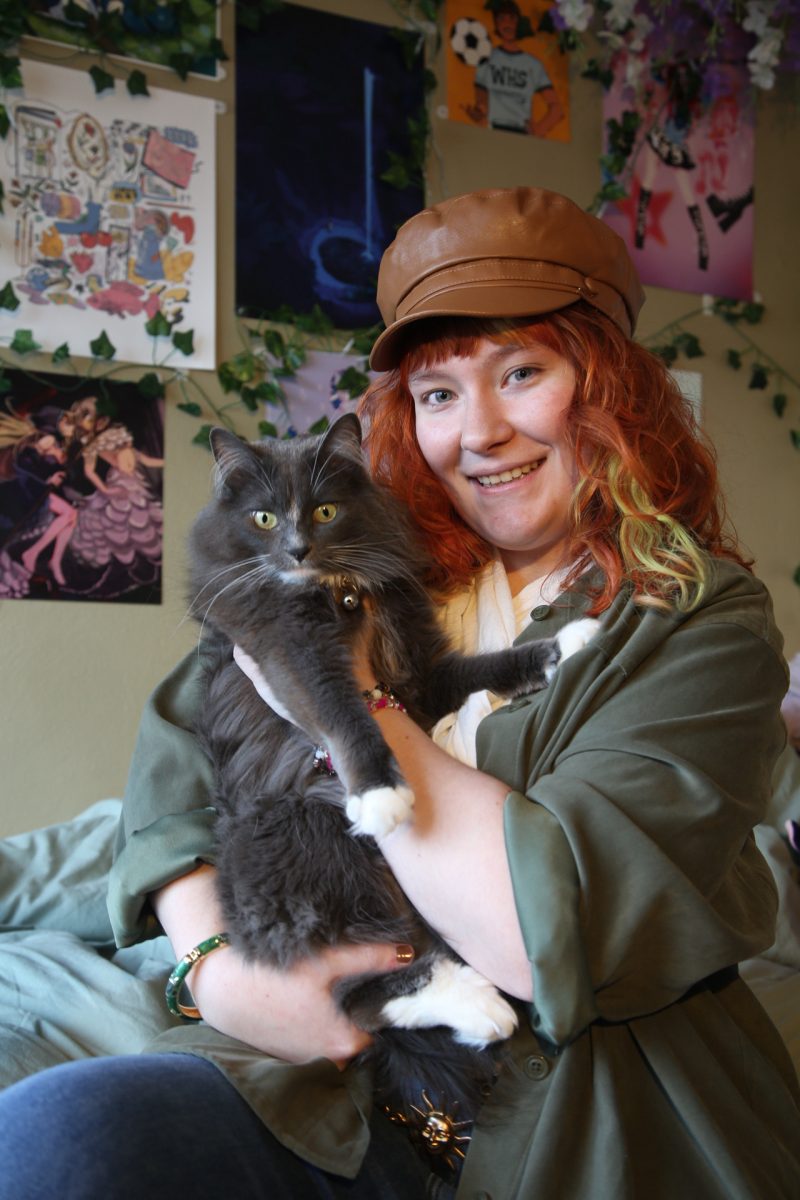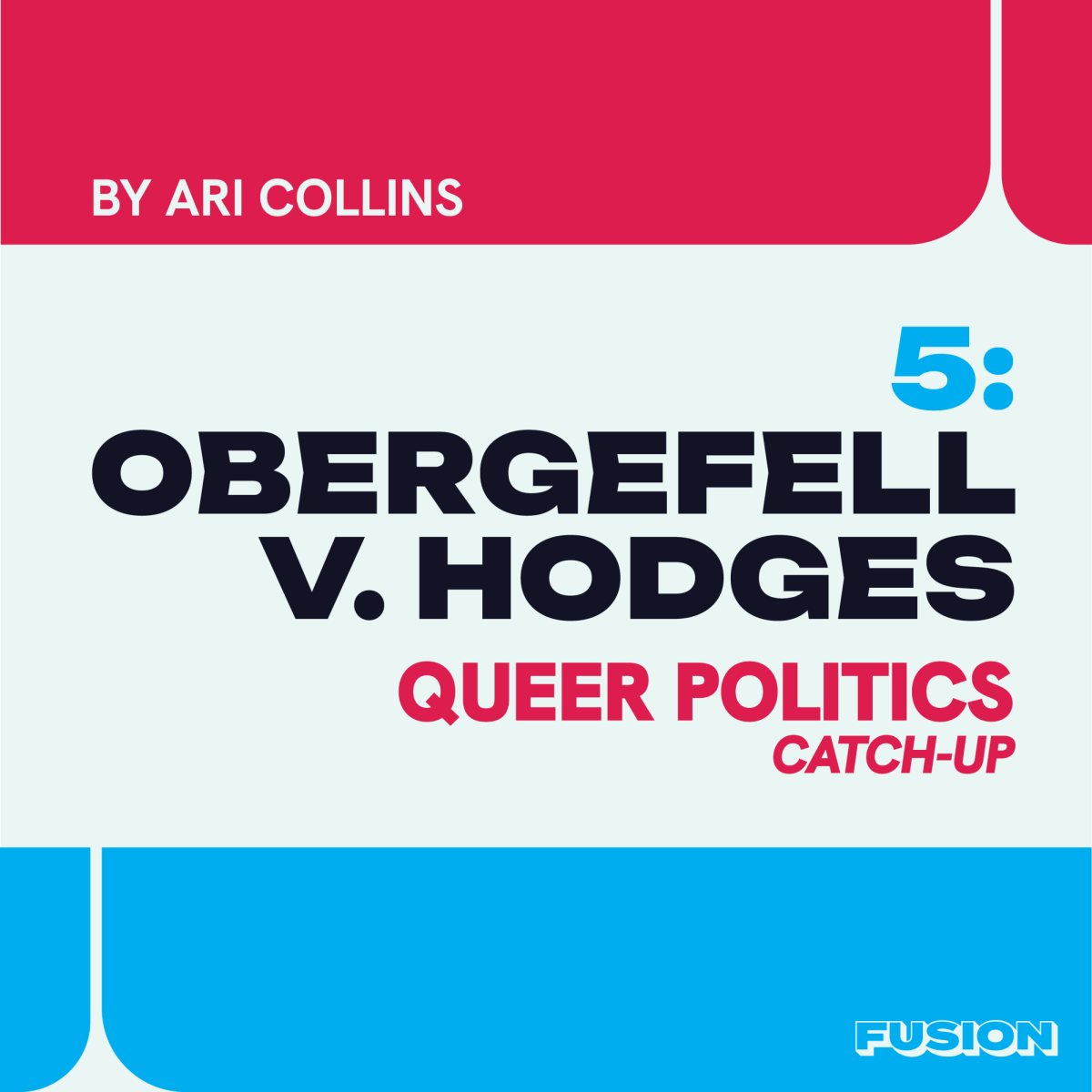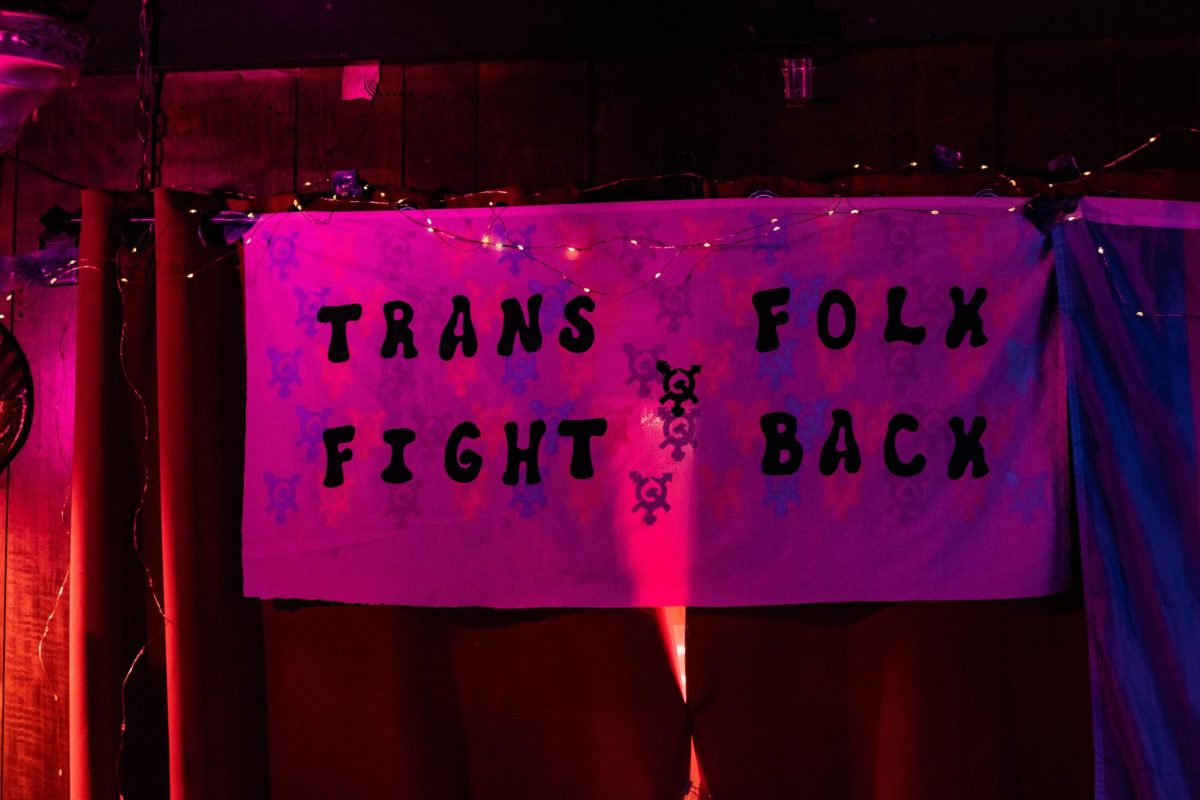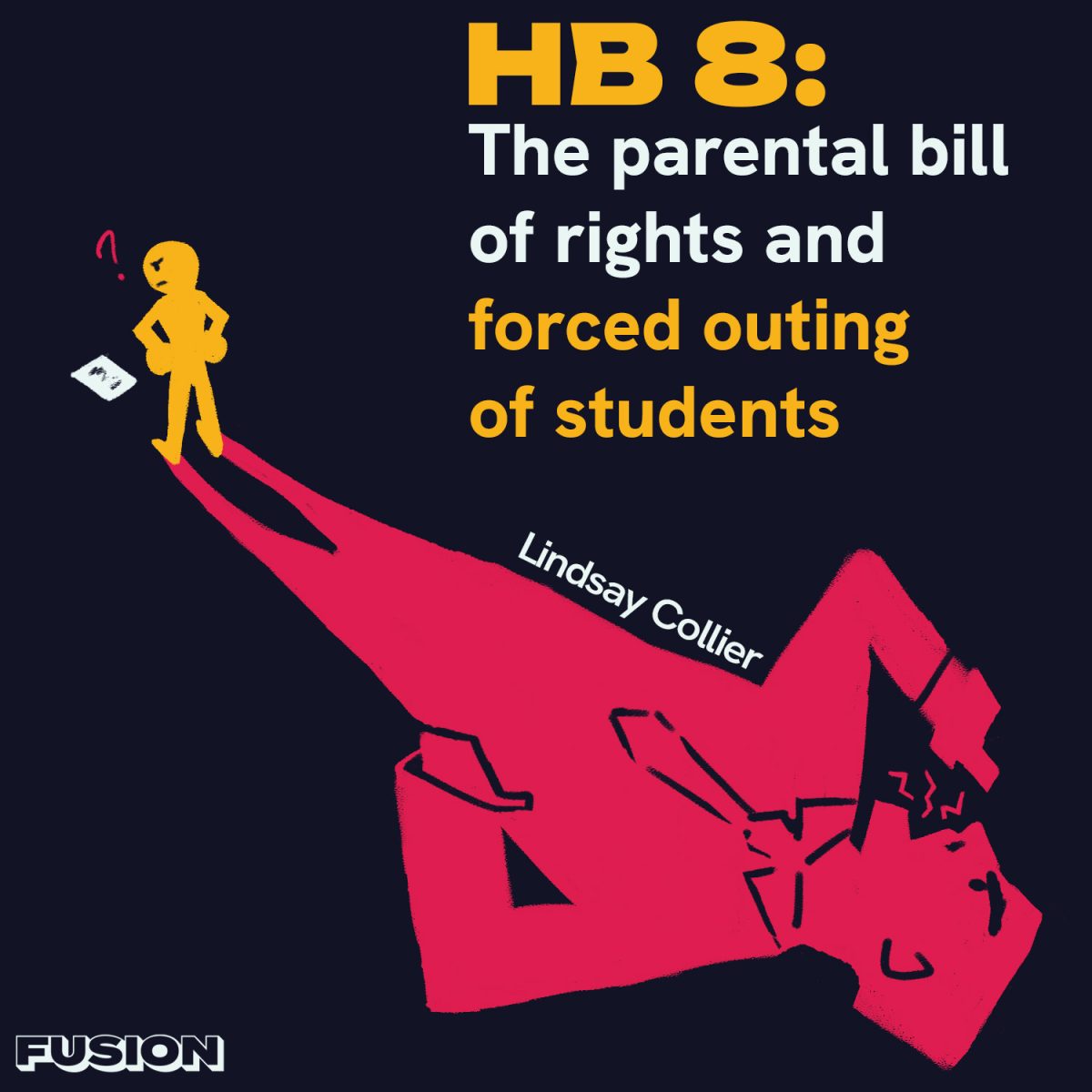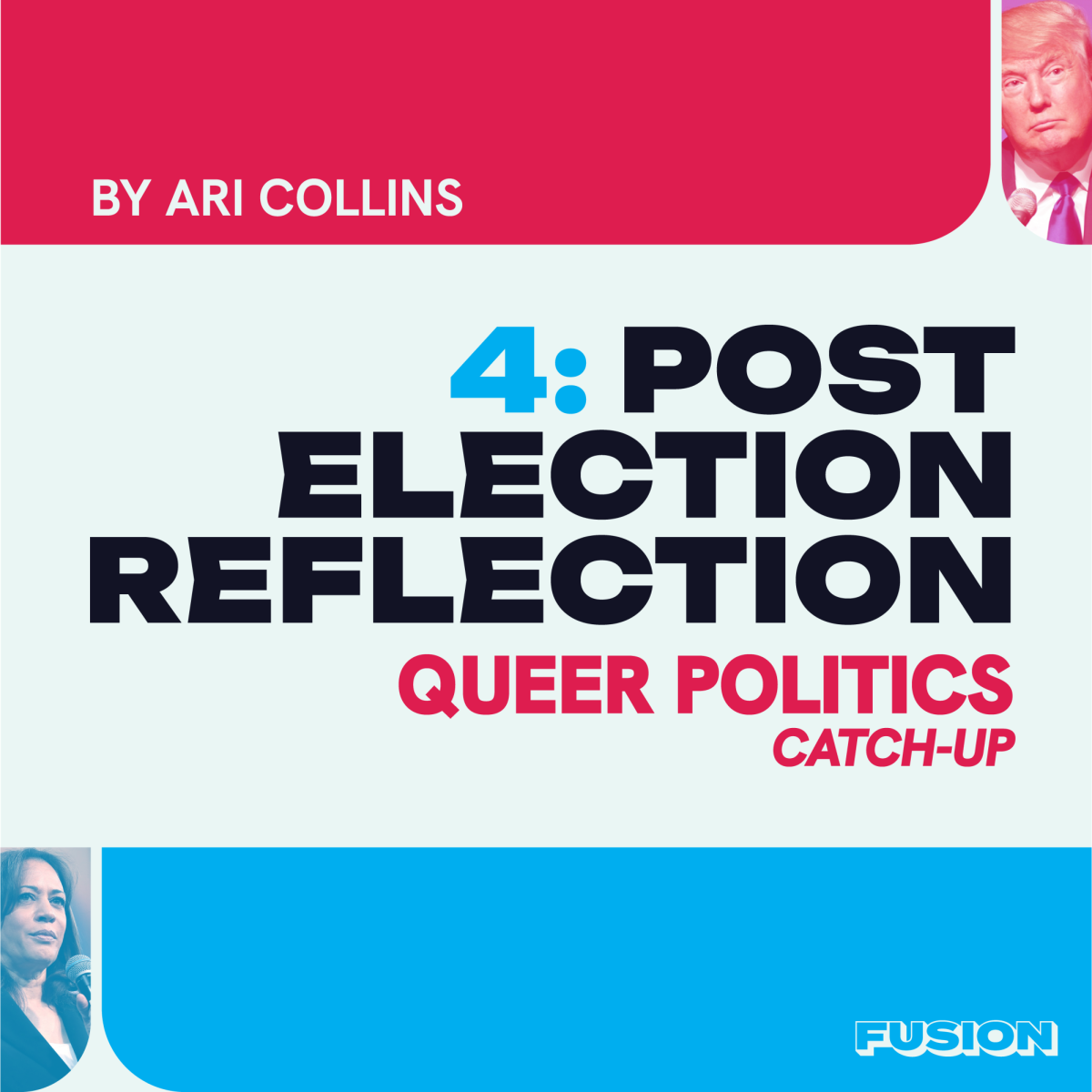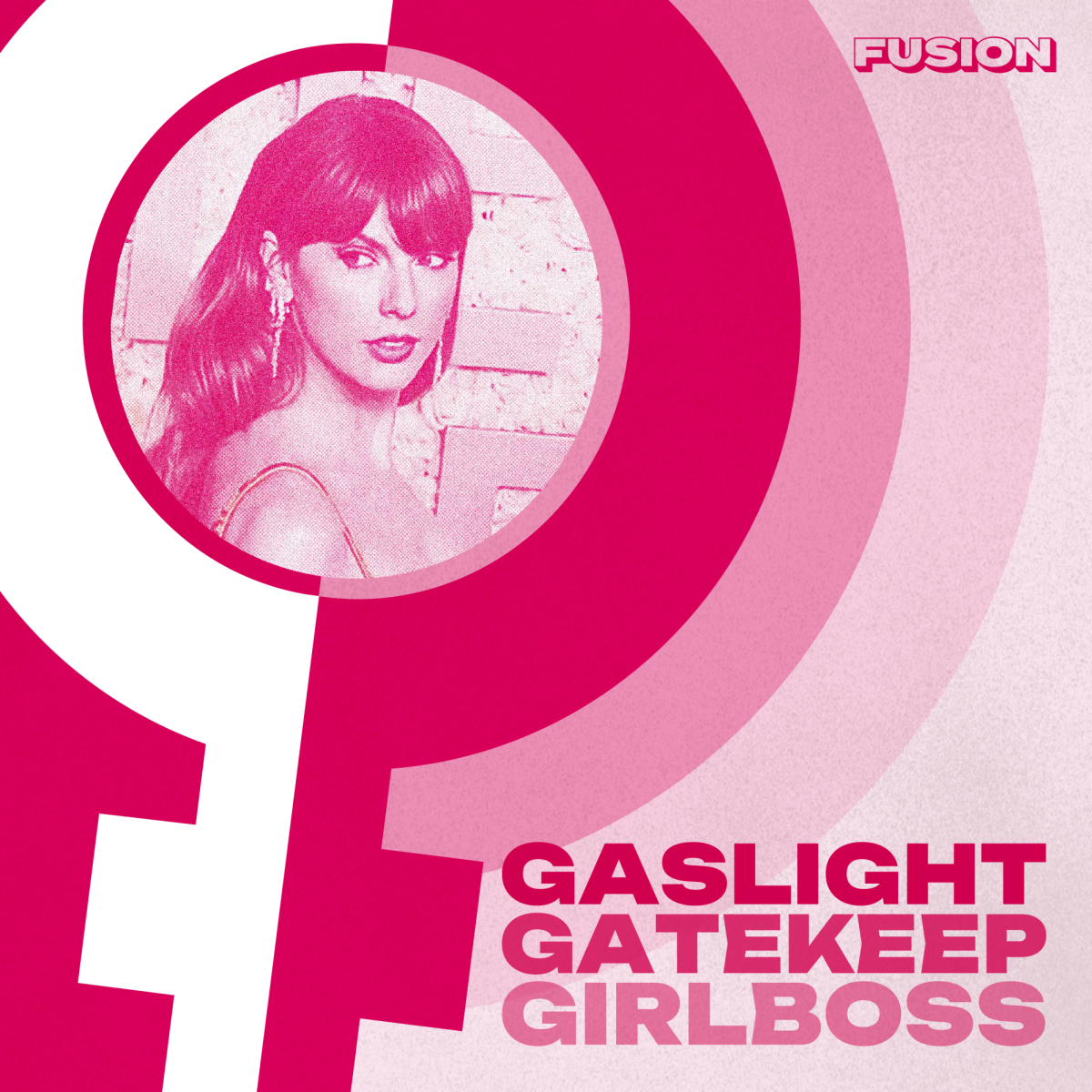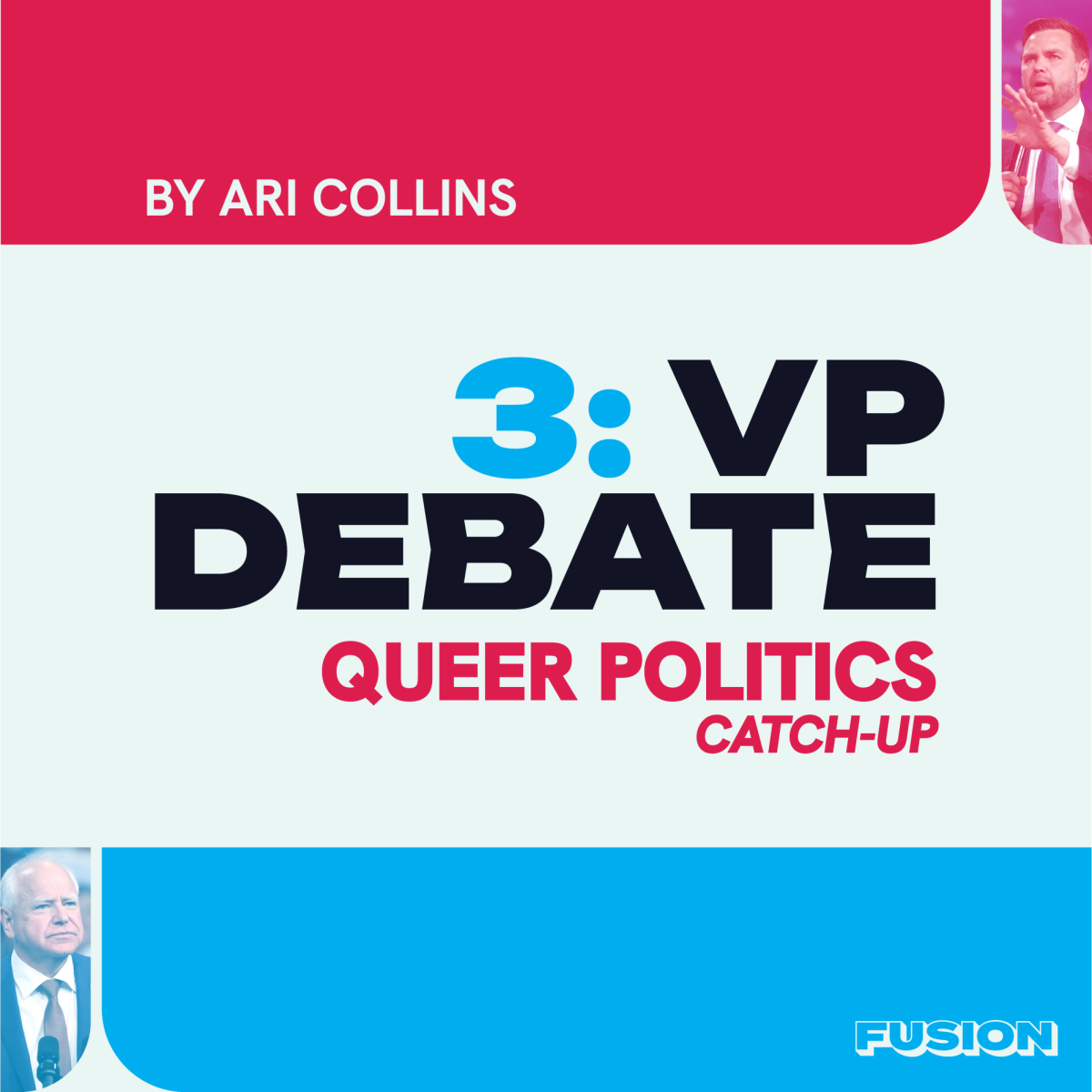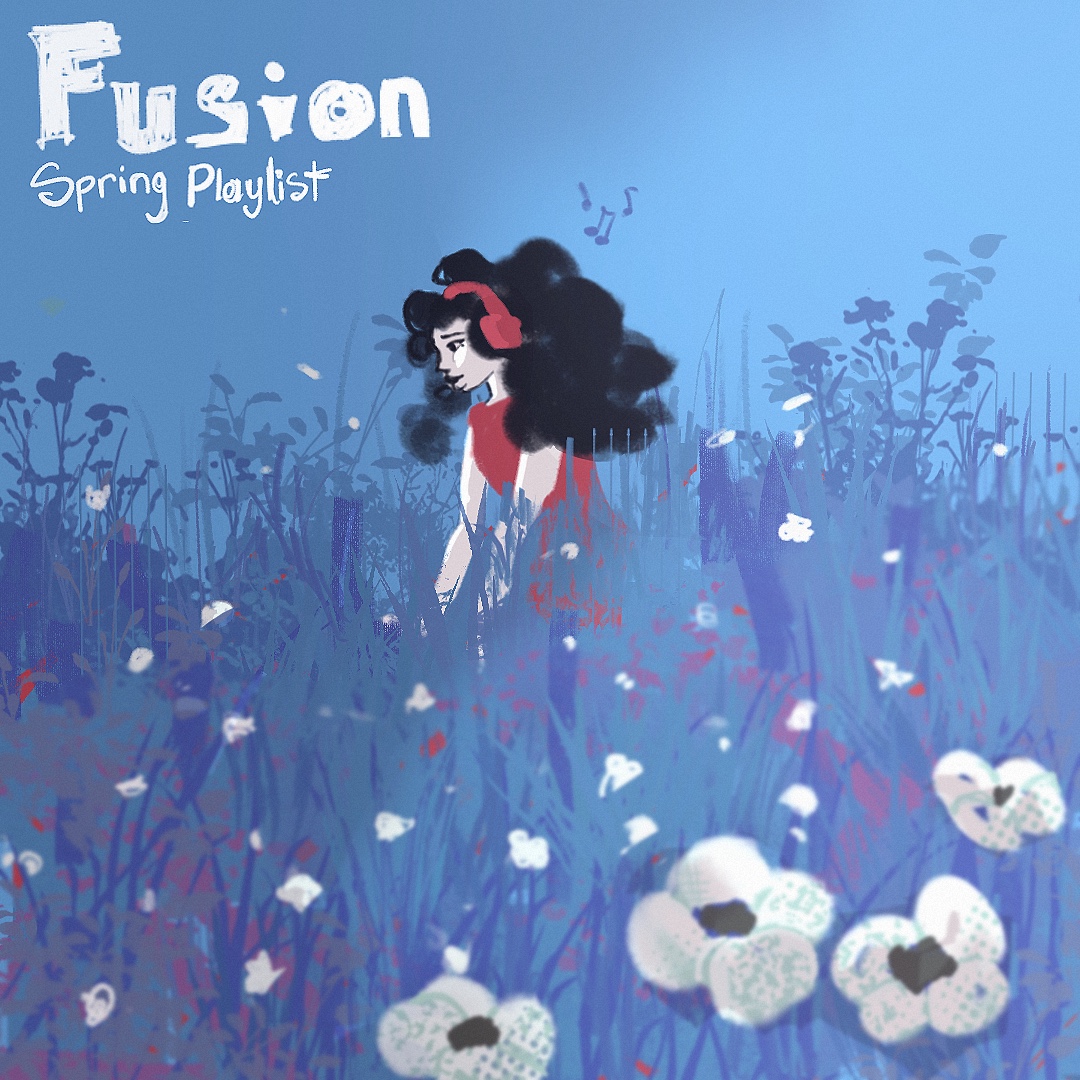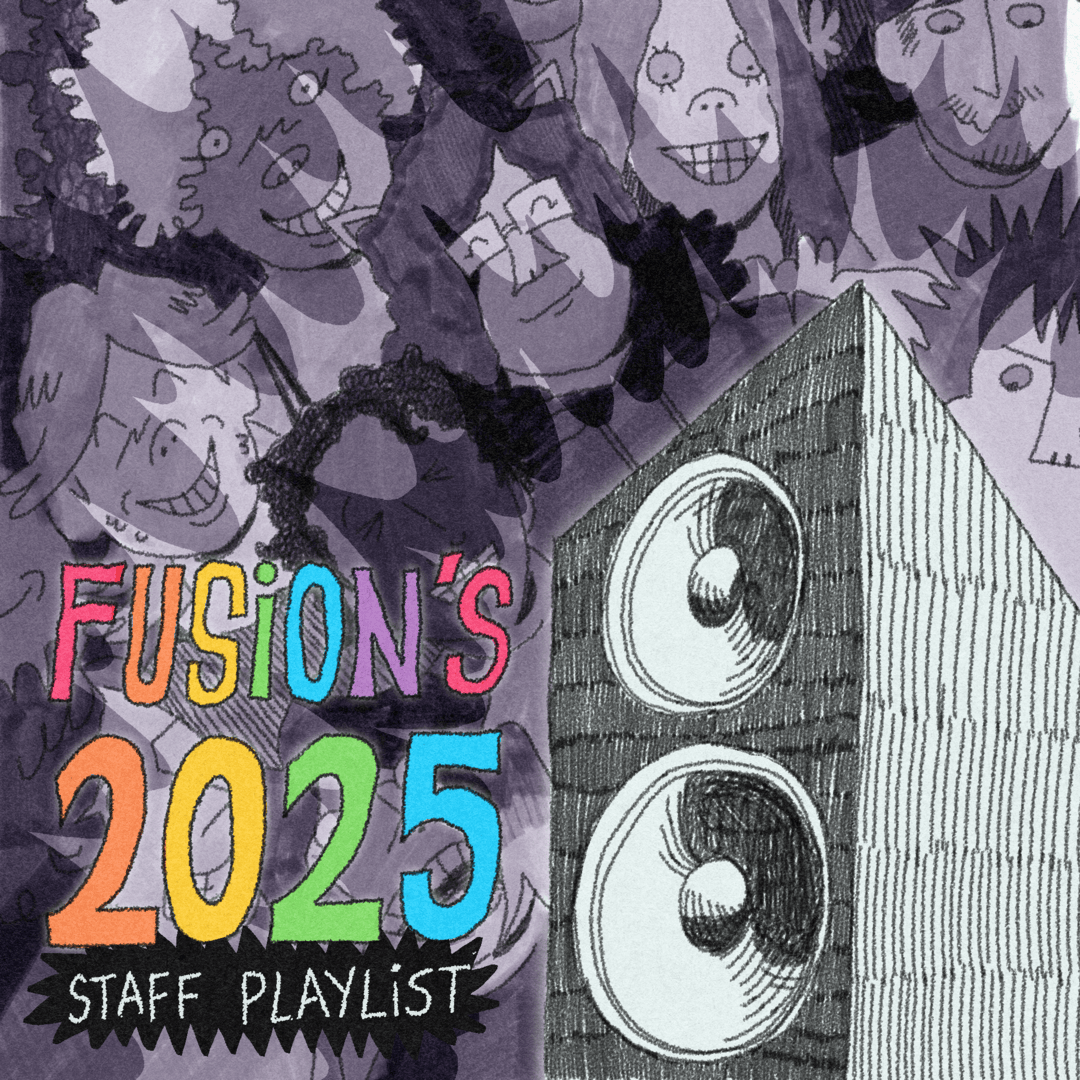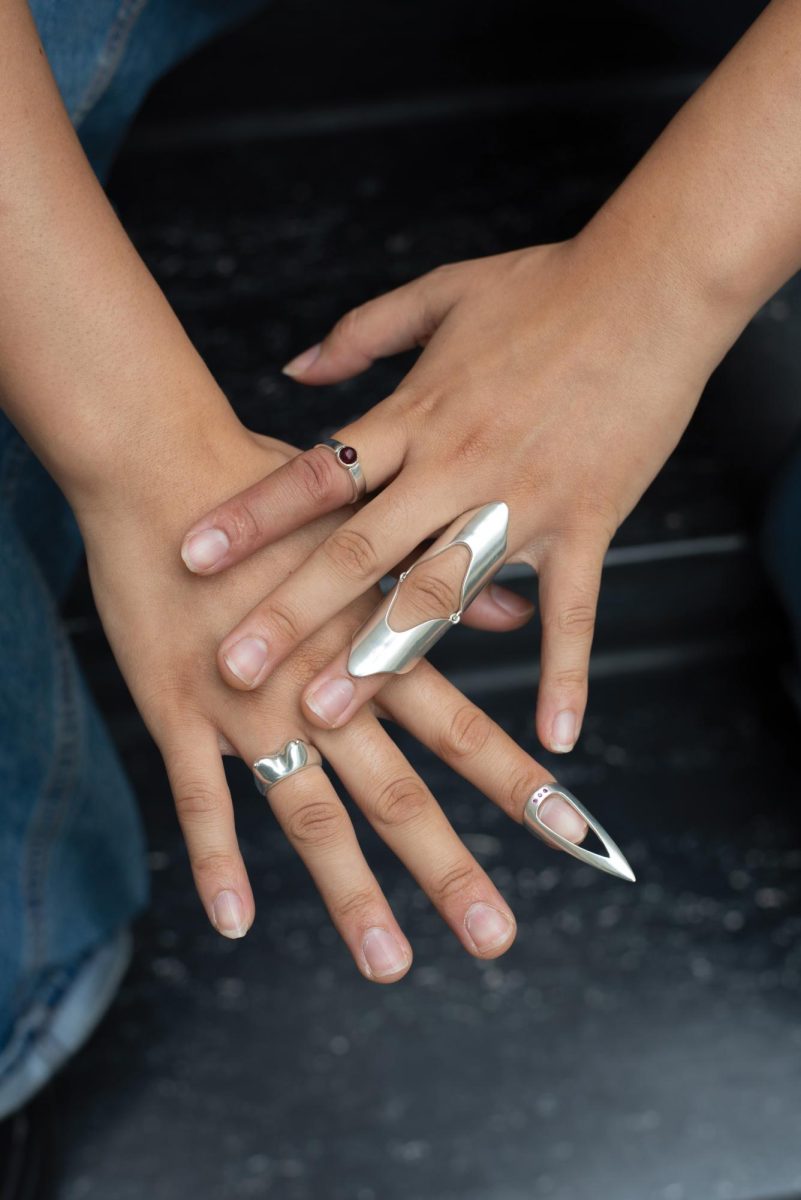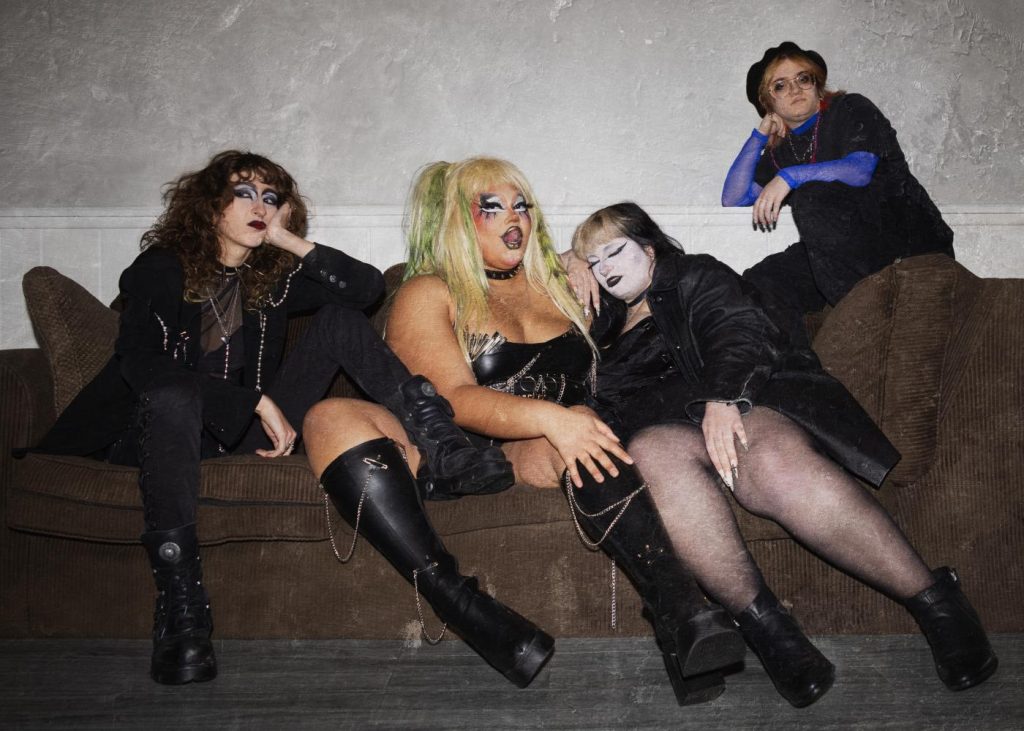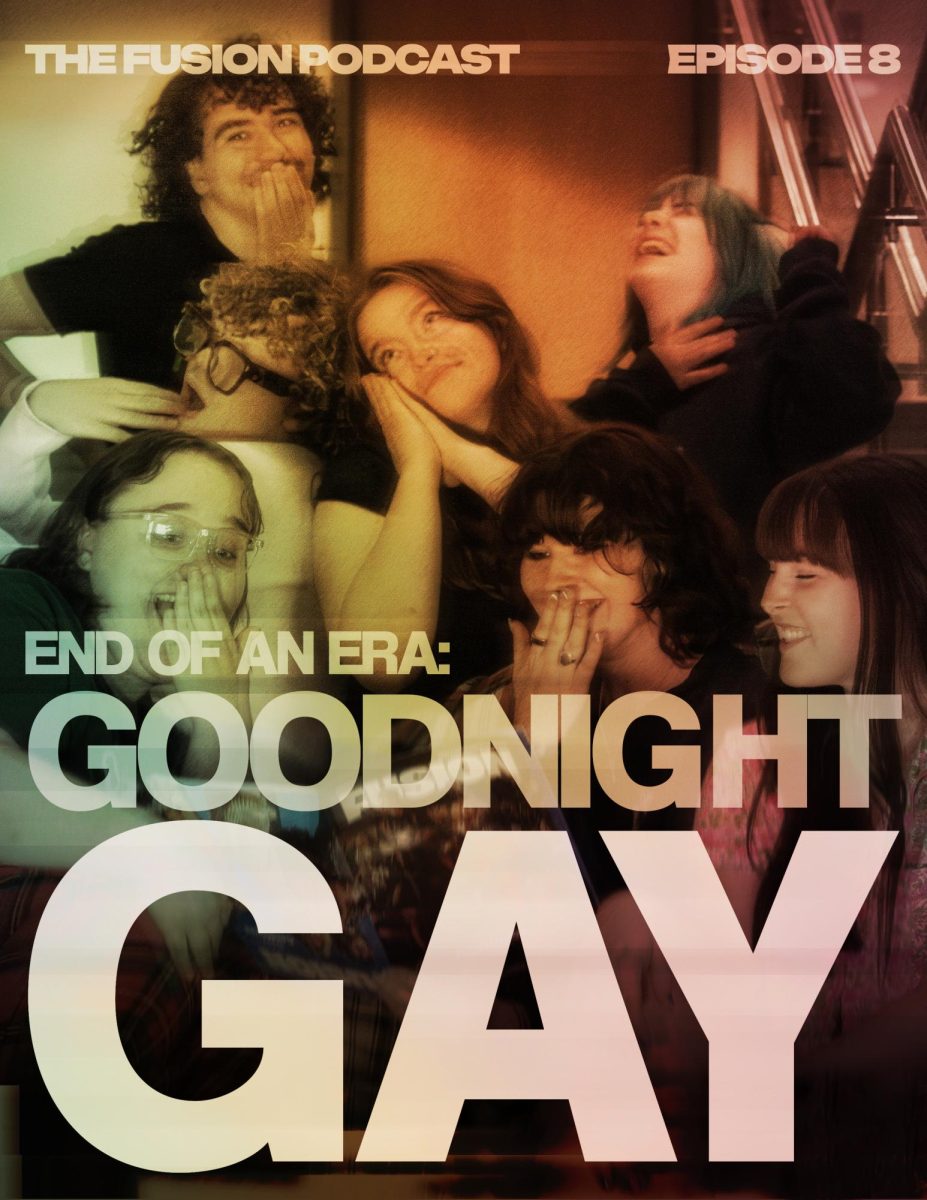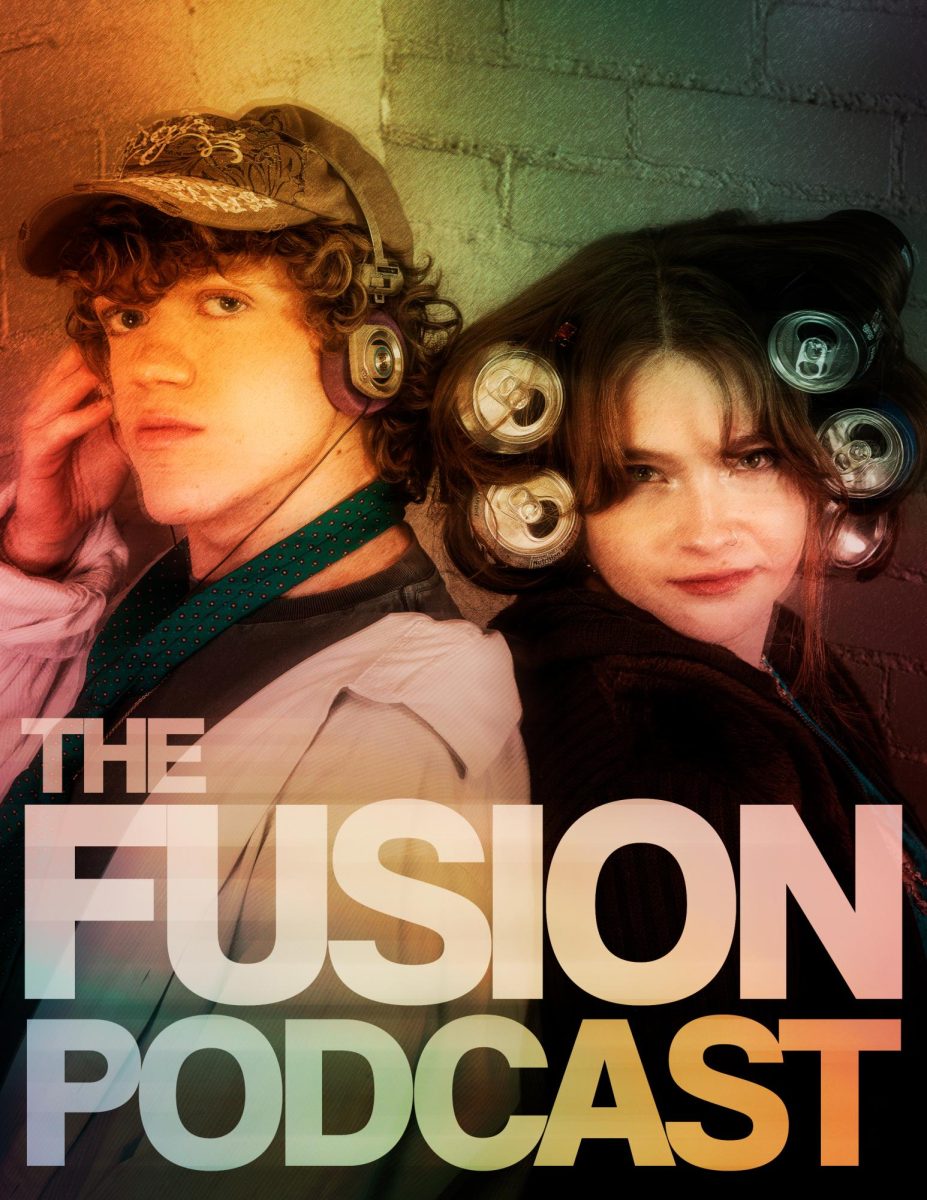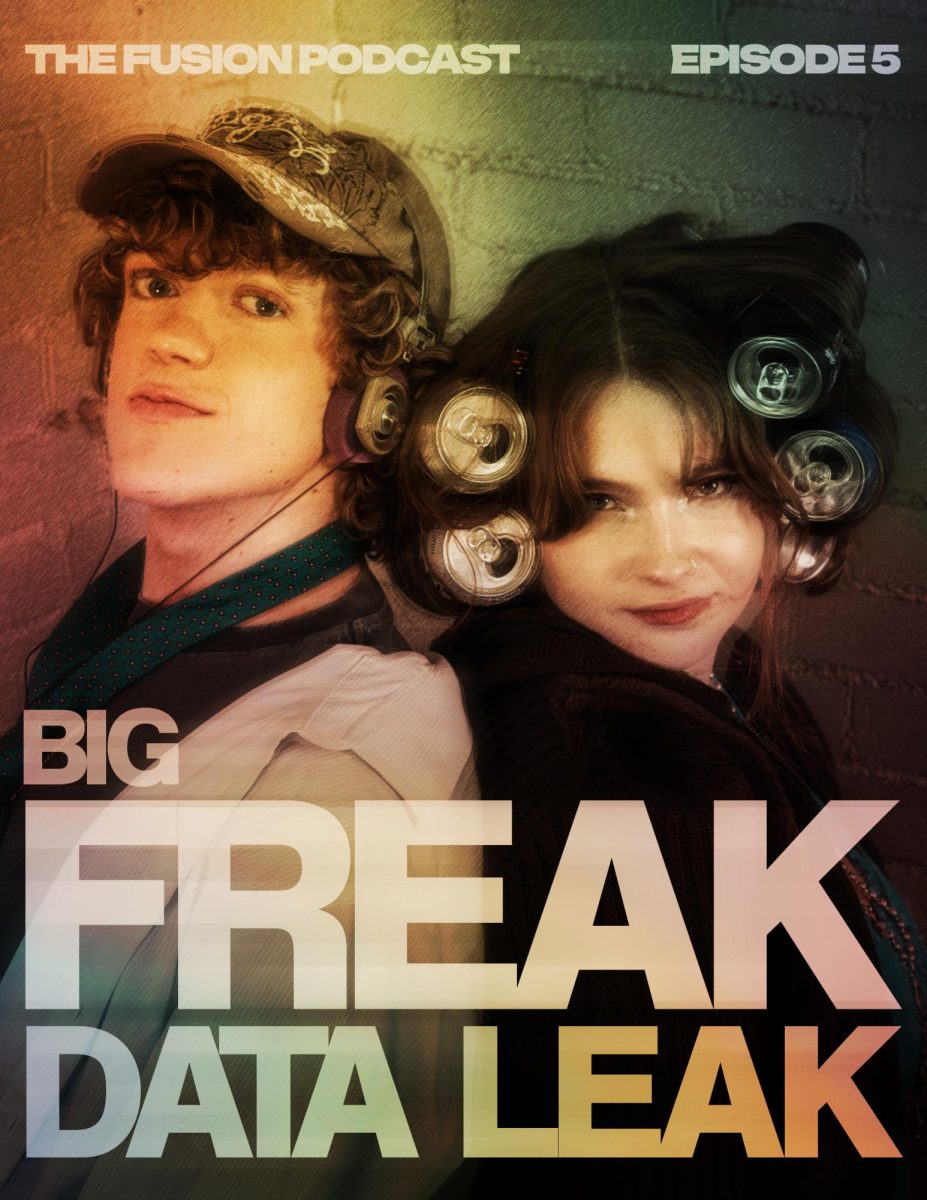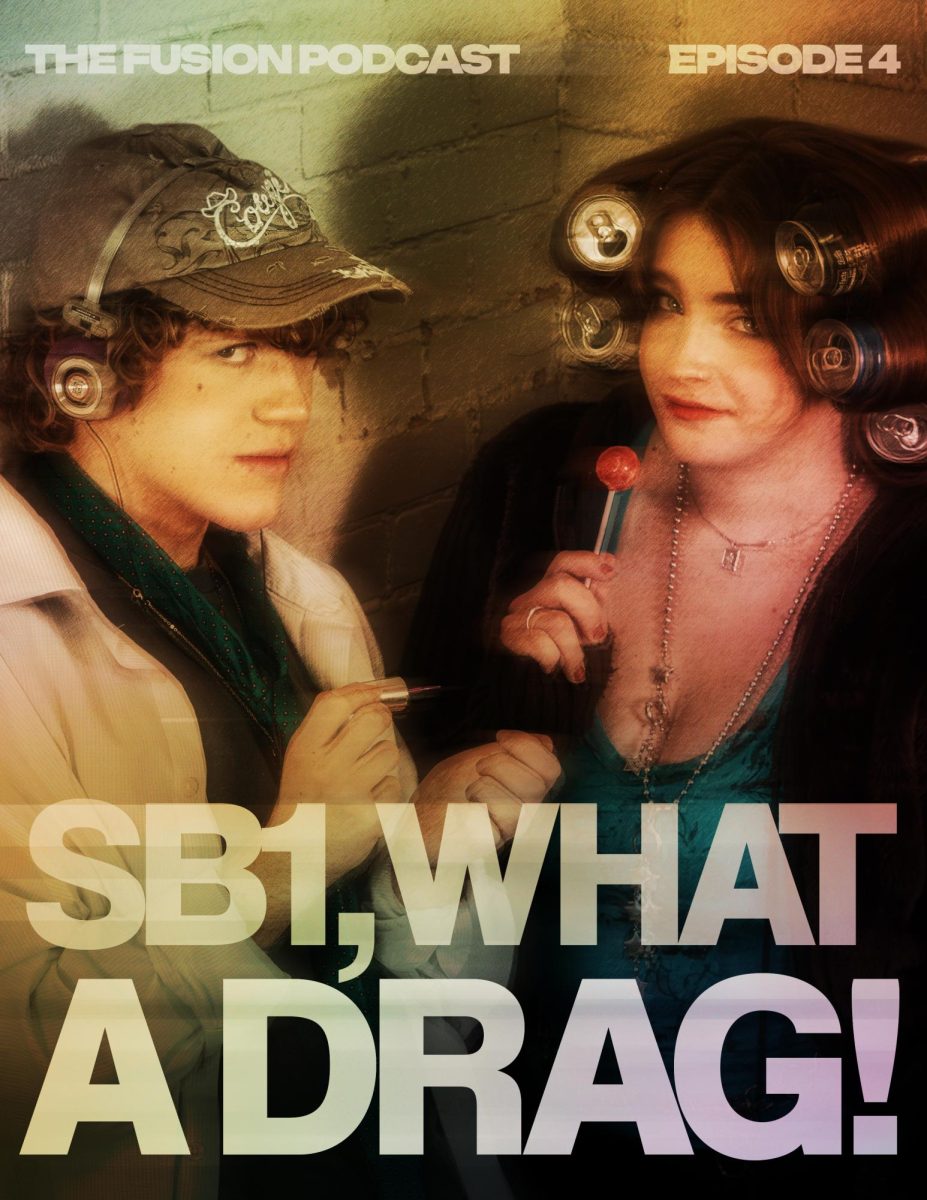Is using they/them pronouns a new concept? Despite what some may think, the existence of a third gender is not something new. There are examples of people identifying with a third gender, or outside of the gender binary, all throughout history.
TIME Magazine believes that in the near future, people will find it hard to believe that there was ever a debate about “they/them” being used as a singular pronoun. TIME compared it to words that people used to reject, but are now universally accepted. According to their reporting, in the 1990s language experts “were asked if a new usage of ‘grow’ — as in, ‘our strategy is to grow our business’ — was okay; 80% said no.”
Gender has a complex and extensive history, where for milenia, third gender and nonconformity have been ingrained in many societies. This timeline does not represent all of gender nonconforming history, but it does highlight some of the prominent happenings.
TIMELINE:
“Symposium,” written by the Greek philosopher, Plato, mentions the existence of a third gender. “The original male (arren) sex was born of the sun, the female (thèly; 189e1) of the earth and the third, combining qualities of both the others and called androgynous (androgynos), was born of the moon.”
1776–
Public Universal Friend, a Quaker preacher, started rejecting any gendered pronouns. They embodied, what some may consider, characteristics of both men and women. Like wearing a skirt and a necktie or having short hair on top of their head, but keeping some curls in the back of their head.
1864–
German writer, Karl Heinrich Ulrichs, created the term “urnings.” This term is described as “a sort of third gender who possessed the physical body of a man but the inner spirit of a woman.
1918–
Earl Lind (also known as Ralph Werther or Jennie June) wrote “The Autobiography of an Androgyne.” The book discusses the author’s acceptance of identifying as a third gender. In the book’s introduction the author is described as “all of a woman’s soul in a body which he believes to be one-third female and thus only two-thirds male.”
Vela de Las Intrépidas, or Vigil of the Intrepids, was created. This is a festival that celebrates the third gender, referred to as muxes. Muxes can be someone who identifies as the opposite of their assigned gender or someone who identifies outside of a single gender.
1990–
The creation of the term “two-spirit.” This term is used to describe “having both a masculine and a feminine spirit…as an umbrella term it may encompass same-sex attraction and a wide variety of gender variance, including people who might be described in Western culture as gay, lesbian, bisexual, transsexual, transgender, gender queer, cross-dressers or who have multiple gender identities.


